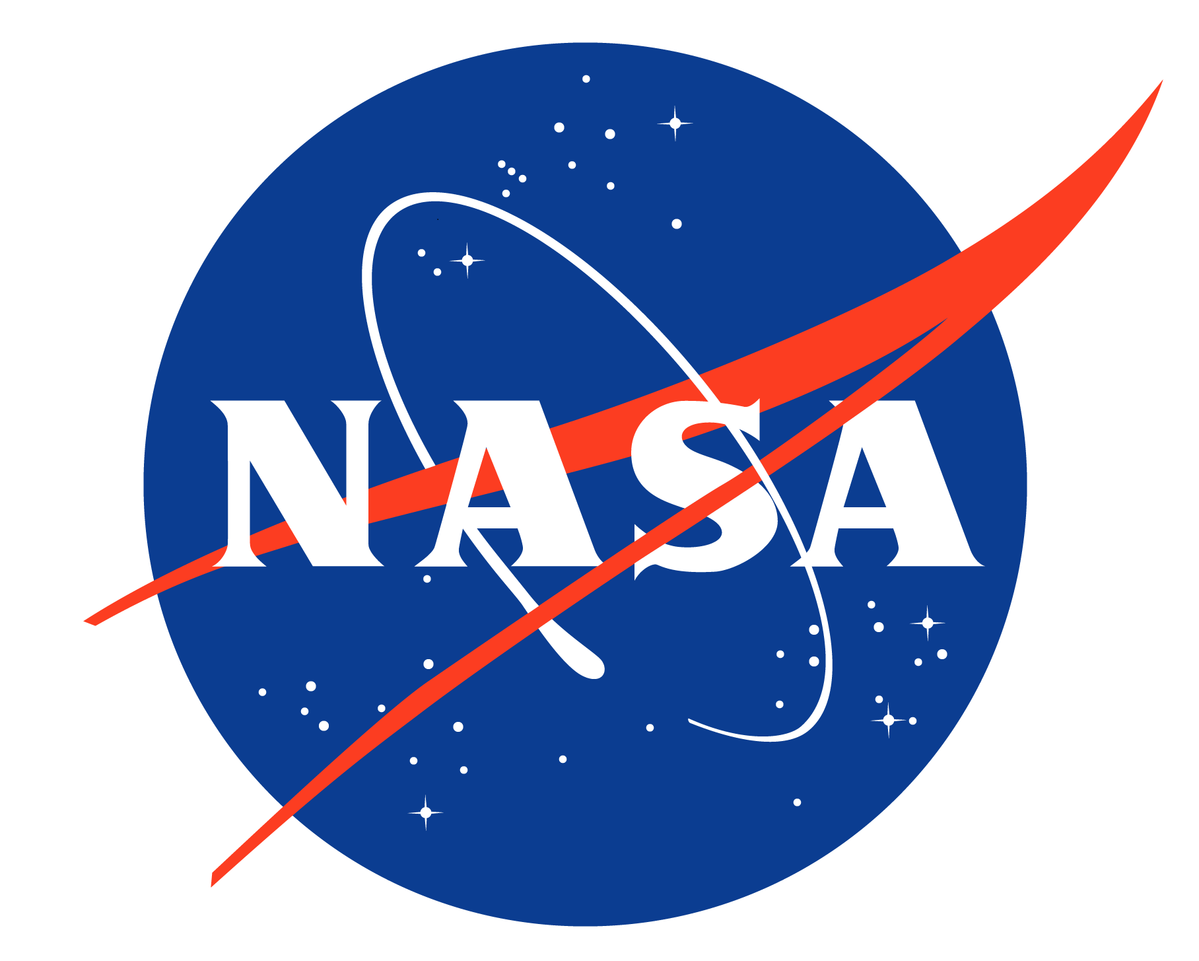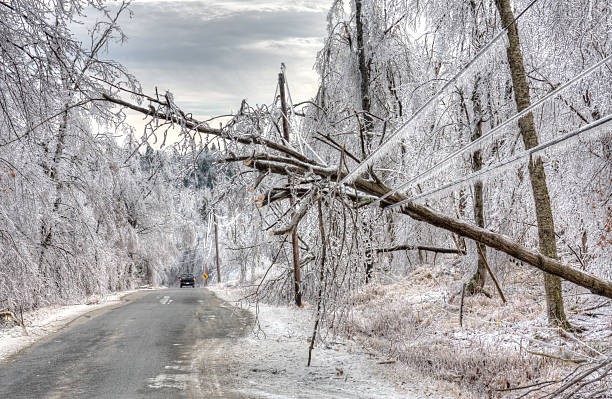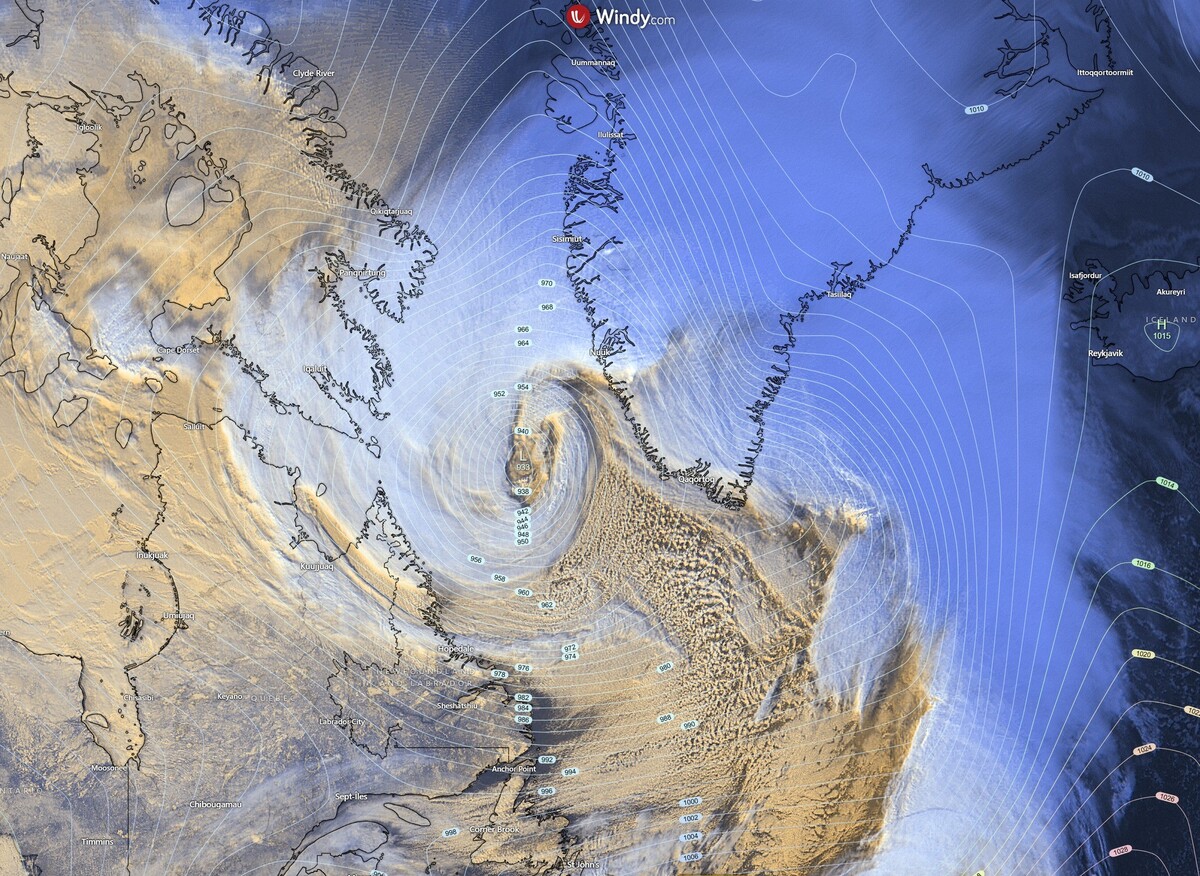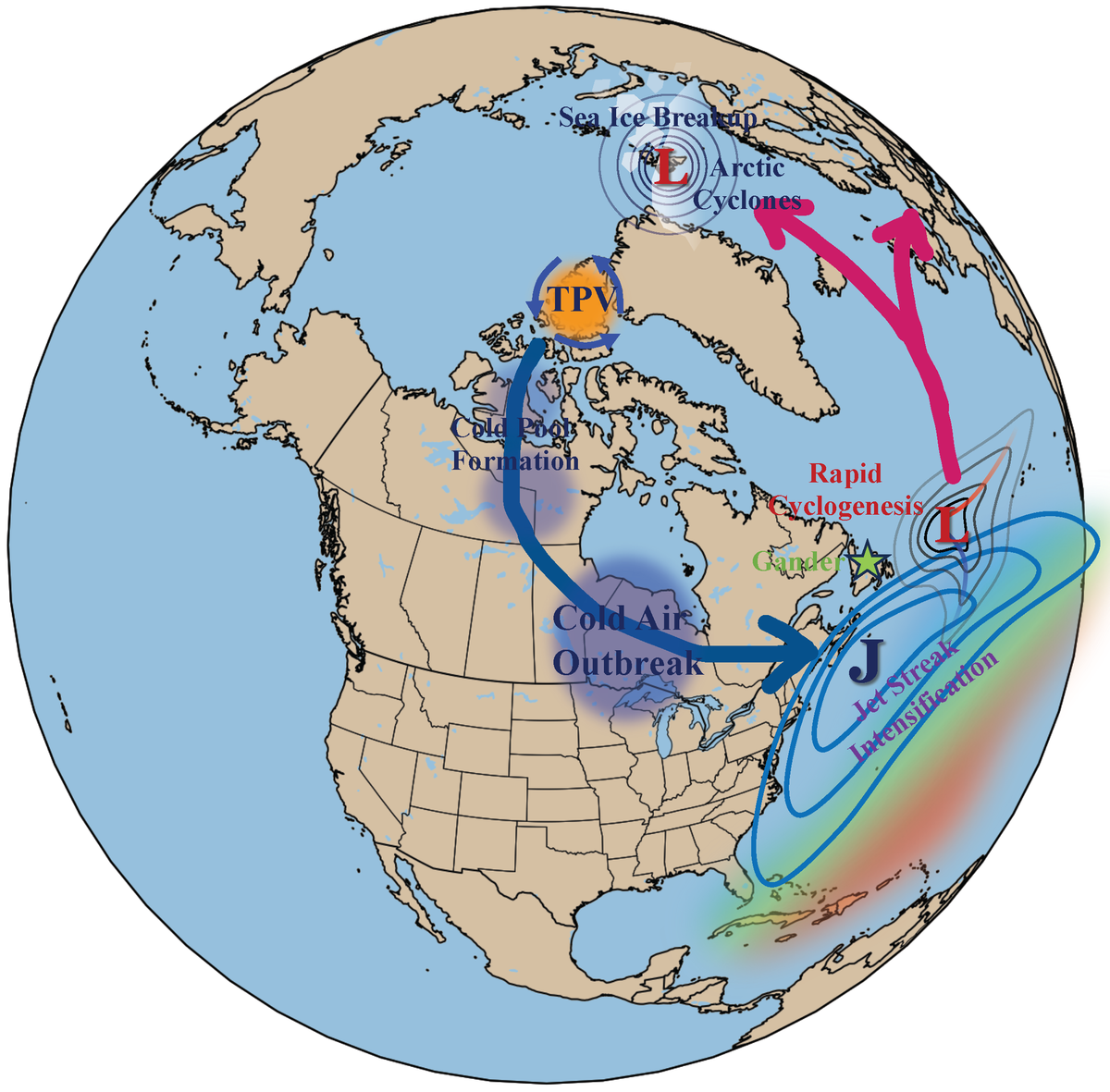The North American Upstream Feature-Resolving and Tropopause Uncertainty Reconnaissance Experiment (NURTURE)
NURTURE is a NASA-funded large-scale aircraft field campaign. It aims to advance knowledge of the processes that lead to extreme high-impact weather (HIW) events during the winter, such as severe cold air outbreaks, windstorms and hazardous seas, snow and ice storms, sea ice breakup, and extreme precipitation. HIW events have significant socioeconomic costs and pose direct threats to national security (e.g., destabilizing supply chains and damaging infrastructure).
NURTURE is officially endorsed by the World Weather Research Programme (WWRP) of the World Meteorological Organization (WMO). Under the Polar Coupled Analysis and Prediction for Services (PCAPS) goals of the WWRP, activities will explore the limits of predictability across different spatial and temporal scales and parameters in the atmosphere–cryosphere–ocean system, as well as connections between polar and lower latitudes. Under the Predictability, Dynamics, and Ensemble Forecasting (PDEF) goals of the WWRP, NURTURE will target the mesoscale potential vorticity (PV) anomalies associated with tropopause polar vortices (TPVs) in the upper-troposphere and lower-stratosphere (UTLS) and related diabatic processes that may have a strong influence over the downstream predictability of high-impact weather phenomena.
NURTURE’s activities will advance dynamical meteorology and predictability research and promote the quantification of forecast uncertainty.
Science Objectives
The scientific objectives of NURTURE are to advance the knowledge of:
- The dynamical and physical processes that control upstream perturbations to the jet stream, such as tropopause polar vortices, dry air intrusions, turbulence, and their interactions with the jet stream,
- Upper tropospheric and lower stratospheric influences on tropopause structure and jet stream dynamics, and
- The boundary-layer processes that facilitate communication between the troposphere and surface and that precondition the environment for HIW events.
Platforms and Capabilities
NURTURE is expected to occur in two phases. Phase 1 will be 12 January – 6 February 2026 with the NASA G-III aircraft. Phase 2 will be January – February 2027 (exact dates TBD) with the NASA 777 aircraft.
Location
Operations will nominally be based in Goose Bay, Newfoundland and Labrador, Canada. NURTURE’s operations will be located geographically in between those of NAWDIC and AR Recon, making NURTURE a critical bridge, filling an important gap and paving the way for a continuous intensive observation period between the Pacific Ocean and Europe across North America.
Aircraft Instrumentation
The anticipated payload for the G-III will be:
- H2O Differential Absorption Lidar (DIAL) implementing the High Spectral Resolution Lidar (HSRL) technique (DIAL-HSRL),
- CloudCube Radar, and
- AVAPS Dropsondes.
DIAL-HSRL combined with CloudCube Radar will provide detailed, high-resolution vertical profiles of ozone, moisture, and cloud properties. CloudCube will consist of pulsed-compression radar combining the Ka-, W-, and G-bands to determine intricate details about clouds and precipitation that have never been observed before near TPVs. AVAPS dropsondes will further support data that can support NURTURE’s science questions, but dropsondes will also add information about detailed wind properties near the jet stream.
Coordinated Observations during NAWDIC
NURTURE’s goals are highly complementary to those of NAWDIC. Observations of features impacting the North Atlantic jet stream are expected to improve predictions of cyclone formation and development over eastern North America. Coordinated flights of the NASA G-III and the HALO research aircraft during NAWDIC will help link upstream features originating over Canada and the Northern and Western Atlantic with upper-tropospheric Dry Intrusion (DI) formation, evolution, and resulting downstream high-impact weather over Europe.
Contact Information
The NURTURE web page can be found at: https://espo.nasa.gov/nurture
The project leadership team is:
- Steven Cavallo, Lead Scientist, University of Oklahoma, School of Meteorology
- Will McCarty, NURTURE Program Manager, NASA Headquarters
- Amin Nehrir, Lead Instrument Platform Scientist, NASA LaRC / E304
- Dan Chirica, NURTURE Logistics Lead, NASA ARC / ESPO





